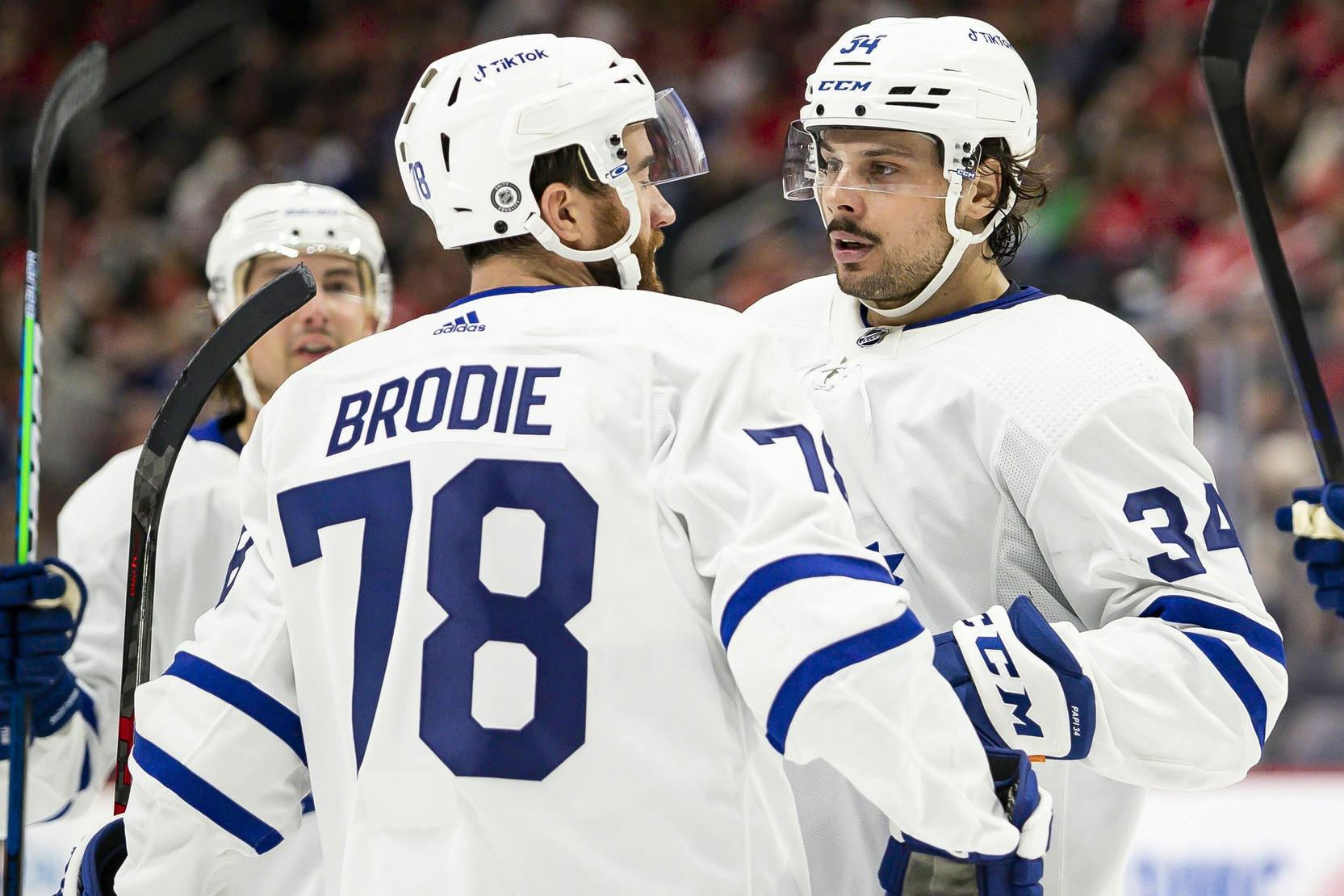What’s worked for the Maple Leafs, what hasn’t since the trade deadline
Photo credit: © Raj Mehta-USA TODAY Sports
6 months ago
Breaking News
- Bobby McMann’s place in the Maple Leafs’ lineup is no longer up for debate
- Craig Berube explains why Max Pacioretty was scratched vs. Kings
- Knee Jerk Reaction: Captain Matthews scores his 1st, Leafs look unbeatable at times in rout of Kings
- Mike Johnson was a big fan of 9-1-1 night at Crocodile Rock back in the day: Leafs Morning Take
- Craig Berube, Mitch Marner outline goals for Timothy Liljegren ahead of season debut
